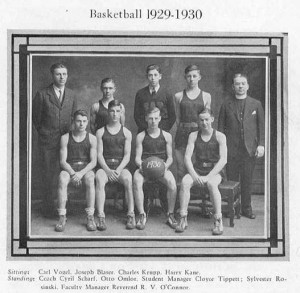As I continue to write about How To Self Publish A Book, I’ve realized that I need to add some more definitions to the term “self publishing.”
Most of the sites that come up under a search for self publishing advice are companies that can help an author self publish a book, for a price.
Many of them are good companies, and many authors are getting books out and ready to sell with their help…
but I’m doing something else as a self publisher… I’m doing it myself. So I’ve decided that we need a new term…
DIY Self Publishing, Do It Your Self Publishing.
This is a subculture of self publishing and invites anyone who has the skills to do it, or has no other choice (because they simply don’t have the money…)
Participation in this honorable new society will still cost some money in the form of a business license and buying ISBN numbers, and it means that we, as authors, will not be writing while we are engaged in the many hours of self publishing work. It also means that we, as working professionals, will not be doing whatever paid work we do while we are self publishing…. and that has to be weighed against the advantages of doing it ourselves. Even if you can do it yourself, it might make better economic sense to hire it out depending on your circumstances.
So that said, these posts are all about Do It Your Self Publishing. And in doing so, many of the actions are things you can do for free…. and that’s why it may be worth your time, because if your costs in producing the book are as low as possible, then you’ll have a better chance to make a profit when the book is out and selling. Assuming it does sell because you did spend what money you did have, wisely… like, on editing.
Evaluate your project by these four questions:
- Is this a book well suited for Do It Your Self Publishing?
- Do you have the time to produce it?
- Should you consider submitting it to traditional publishers before you go ahead with self publishing?
- Or do you have the money to buy help producing it… and reasonable plans for earning back that money in sales…?
And if it’s time to roll up your sleeves and do it yourself…. I’ve got some blogs you might enjoy..!










